09-05-2025

As you plan your self-drive trip, you may wonder, “Does Waze work in Iceland?” Navigating in an unfamiliar foreign country can feel intimidating, but with the right tools, you can enjoy your trip without worrying too much about getting lost. The following guide will help you choose the best app for your navigation needs so you can get where you want to go.
The first question you may have is if you can even use Waze while driving around Iceland with a car. After all, Iceland is a small island nation at the border of the Arctic, making it relatively remote in comparison to many other countries. Overall, in Iceland Waze will work the same as any other GPS-based navigation app, but is it the best choice?
In general, when driving the main routes, such as within Reykjavík, around the Golden Circle, or along the Ring Road, Waze is relatively reliable and will give you directions that will get you where you want to go. However, there may be some areas where connectivity or other issues may cause issues when using the app.
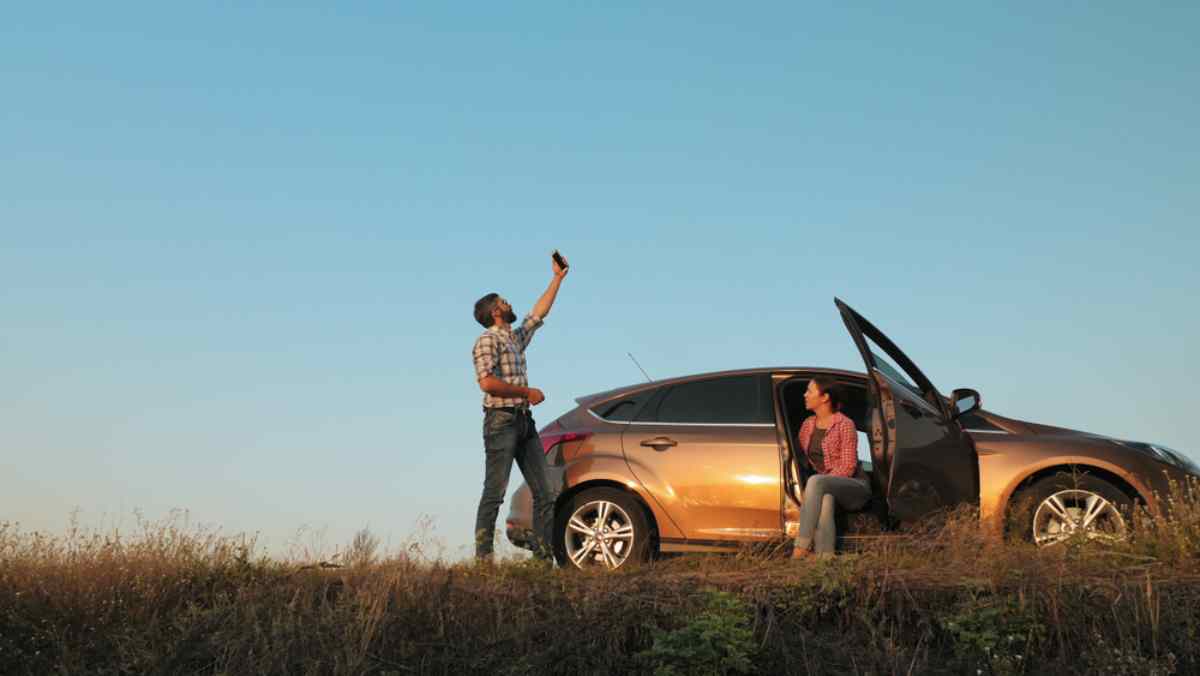
When exploring whether Waze works in Iceland, you likely want to know whether the app covers all of Iceland’s roads. You will easily find routes that use major Icelandic roads, like the Golden Circle, the Ring Road, and many urban areas. This should cover most of your journey unless you are planning to go to more remote locations.
For those intending to visit the highlands on the F-roads, the Waze app may be less reliable and may not have information on the roads. Areas of the Westfjords and the central highlands of Iceland are unlikely to be well represented on the app, making it essential to use other resources to ensure you don’t get lost or accidentally drive off-road, which is illegal and comes with heavy fines.
The reason for this is that Waze generally relies on user-generated content, and fewer people drive in these areas. Poor data coverage is also responsible for the lack of user updates in these areas, especially in the central highlands.
The primary reason visitors look for reliable navigation apps while traveling in Iceland is for real-time traffic and road condition updates. Fortunately, traffic is rarely a problem in Iceland, especially outside Reykjavík. The most popular routes in Iceland will generally experience more frequent updates as more users travel around these areas.
Unfortunately, there are areas of Iceland where real-time updates are unlikely. In these situations, pairing Waze with other apps and websites, like the Icelandic Road Administration road condition webpage and the SafeTravel.is website and app, can be more beneficial.
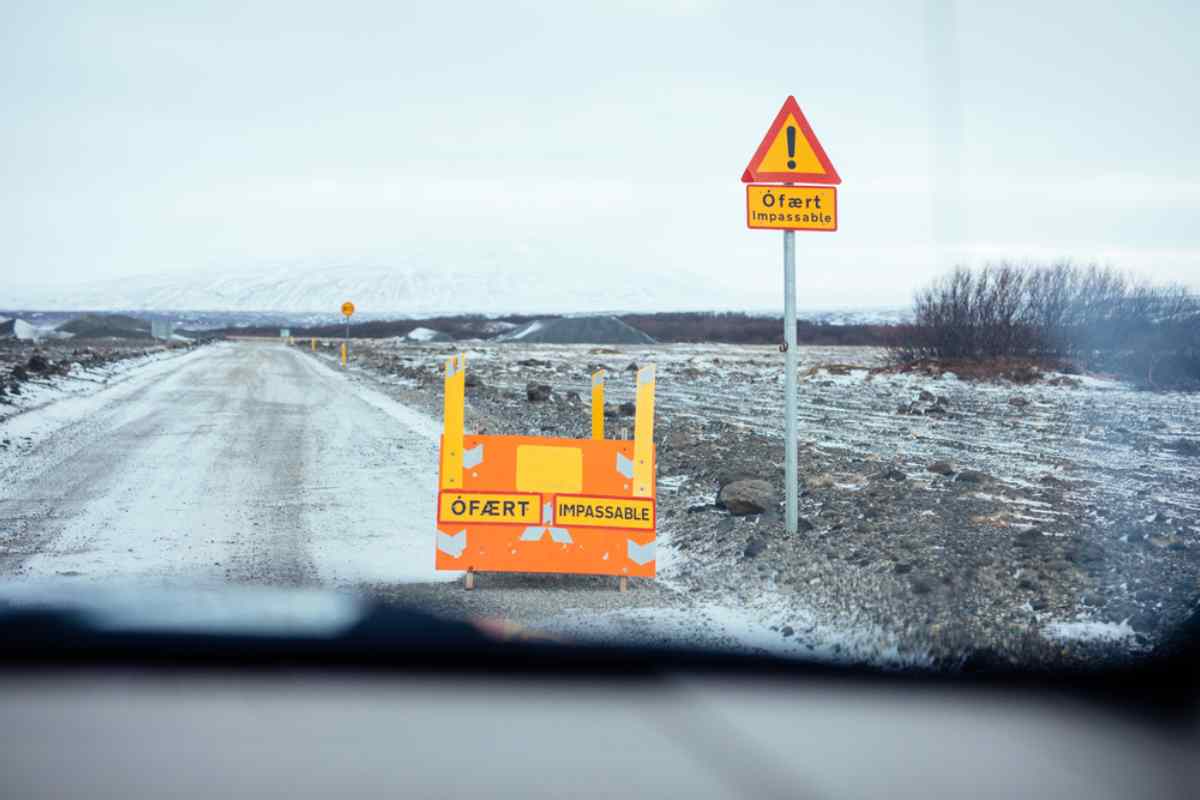
Both Waze and Google Maps have their pros and cons. Many visitors can benefit from using both based on their needs at any given time. Here’s a breakdown of each app and when they can be the most useful.
When it comes to navigating city roads, both apps can give you a similar experience. However, if your route includes remote roads, Google Maps can often be stronger because it doesn’t rely on crowdsourcing and includes more roads in remote areas. You can also download Google Maps for offline use, which isn’t a feature available on Waze.
For traffic and road closures, Waze is often seen as more reliable than Google Maps because it is a community-driven platform. You are more likely to get notifications of speed cameras and accident alerts, helping you plan your route accordingly in real time. Google Maps often lags behind in these real-time updates.
Route planning will depend on what features you expect from your navigation app. Google Maps fully supports multiple stops in your route planning and can be used for walking, biking, and taking a bus, as well as self-driving. However, Waze is often more reliable with the estimated time of arrival and features fun, customizable interfaces and voices.
In the end, either app will work in Iceland, so your decision will mainly be based on your personal preferences and where you intend to travel within the country. A combination of the two can also be helpful.
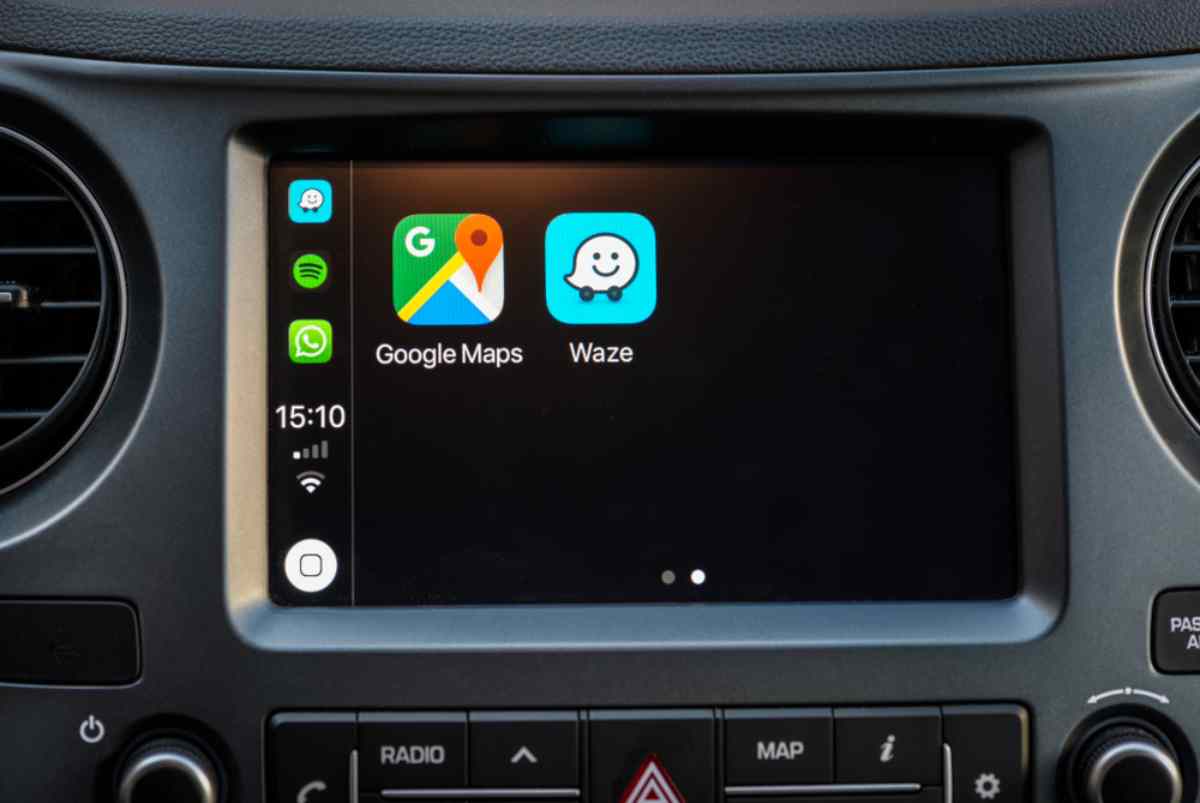
We’ve already answered, “Does Waze work in Iceland?” but what about its limitations? As with any website or app, there are limitations in what it can do based on how it is programmed. No two apps are alike, so it’s important to know the limitations to help you make an informed decision.
GPS and Internet signals are generally strong in much of Iceland. If you’re planning to drive the Ring Road and stick to more popular routes, you won’t have to worry about losing your signal, at least not for long. However, if your trip will take you into the highlands or other more remote areas, you could face a lost signal. In these areas, Waze isn’t the best choice because you can’t use it offline.
Road information on Waze is largely generated by users. The F-roads don’t see much traffic and are only used in the summer months. With reduced cell phone coverage along these roads, users can’t provide updates to the app, leaving the highlands and other areas with F-roads largely unrepresented on the app. Another app is typically best if you plan to drive to remote locations.
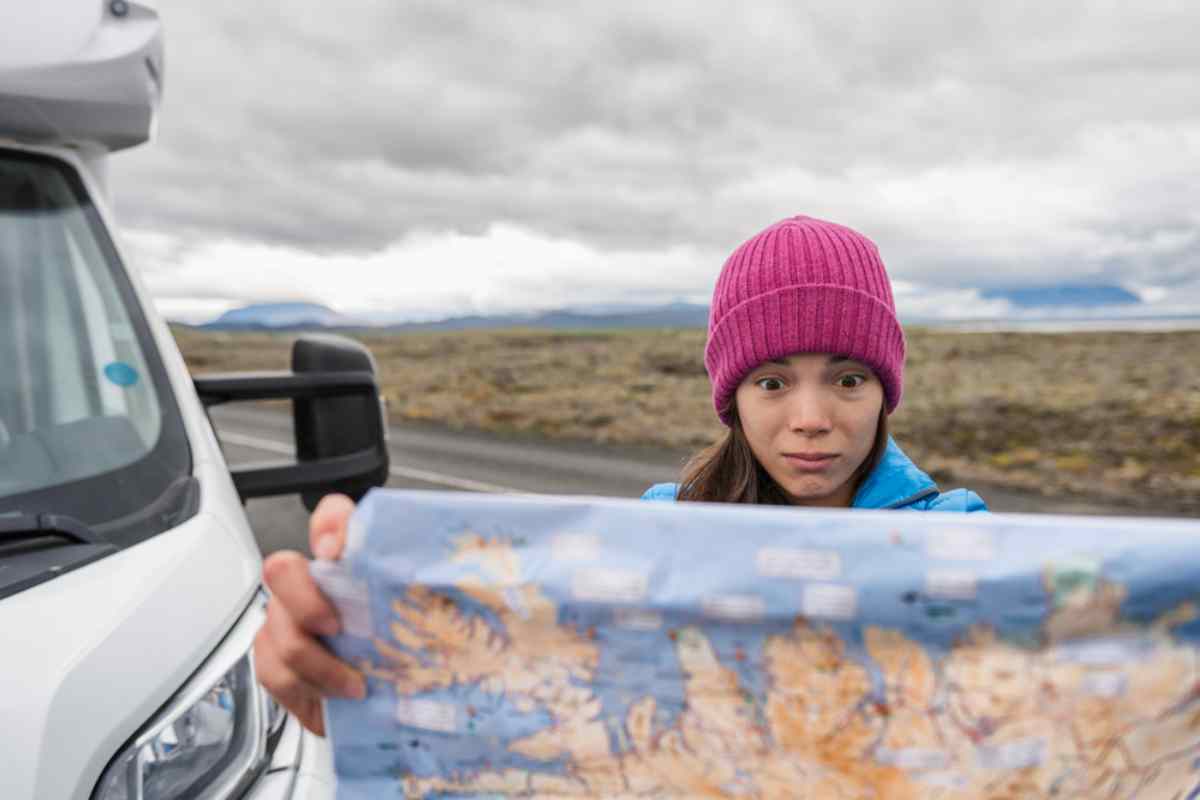
Unlike Google Maps, Waze doesn’t always reflect accurate speed limits, especially in areas where they may rapidly change, like entering and exiting towns. It also doesn’t address reductions due to roadwork or other concerns. There are no real-time messages about road conditions, making it essential to keep an eye on other sources for this information.
When planning your route on Waze, it’s essential to double-check against Iceland-based websites for road conditions and weather, along with road closures, to ensure you aren’t planning a route through an area that is closed or unsafe to drive. You will also need to pay close attention to the speed limits along your route.
Waze can be a useful app to use on your Iceland journey, but it can often benefit from combining it with other popular travel apps. The following are the best navigation apps to use in place of or in addition to Waze.
Although Google Maps sometimes has a reputation for incorrectly routing people, when it is used with accurate locations, it can be a reliable option to use in place of or with Waze. This app allows you to download maps to use offline, a feature that isn’t available on Waze. It also includes some other features that aren’t on Waze due to its user-generated platform.
However, it isn’t a good idea to trust Google Maps blindly. Always cross-check it with the Iceland Road Administration road conditions page and monitor weather conditions to ensure you are taking the safest path to your destination.
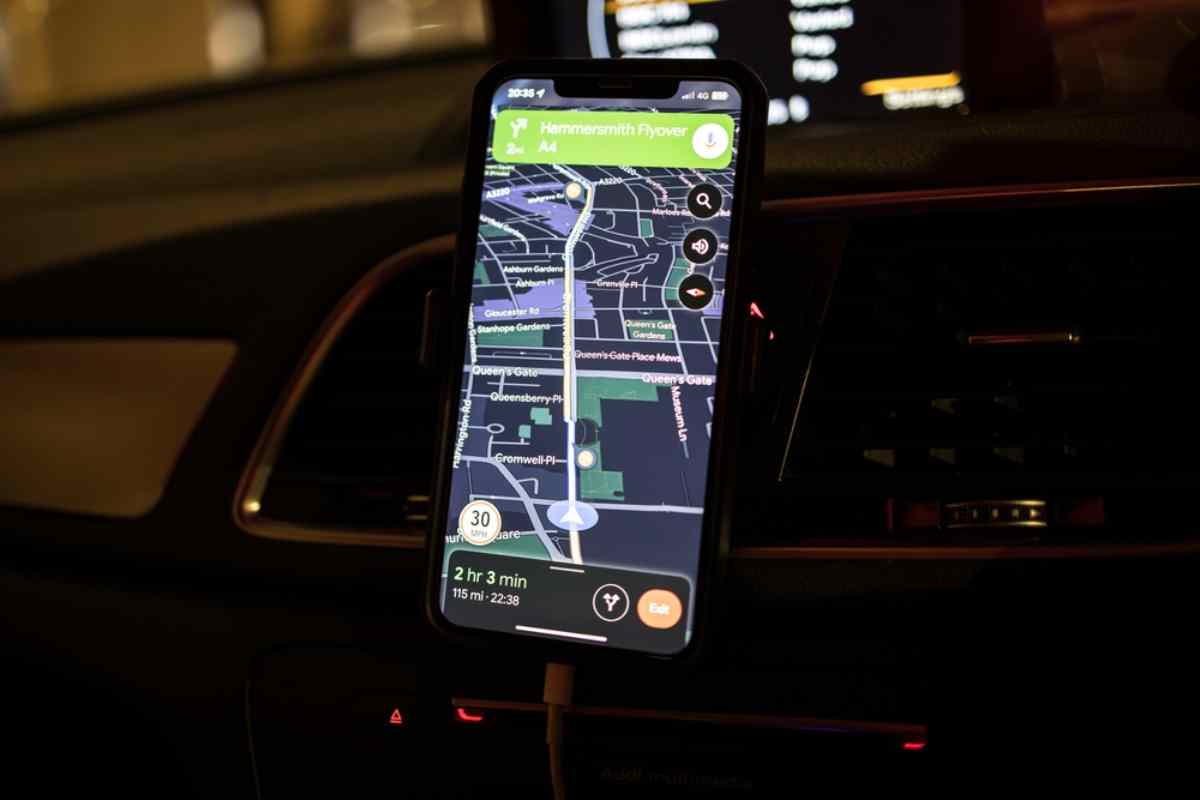
One of the most essential apps you should download before visiting Iceland is the SafeTravel app. This app offers critical information that no navigation app will provide, such as weather warnings and other safety warnings that may relate to specific areas or sights. You can also easily access the road conditions map from this app, making it an excellent addition to Waze.
Another essential addition to the Waze app is the Vedur app. This app includes information from the Iceland Meteorological Office and will provide the most up-to-date weather conditions. It’s the best app to use to see upcoming weather, but it’s also important to note that Icelandic weather is often unpredictable and changes quickly, so check often.
We all expect to stay connected when traveling, but this expectation doesn’t always line up with reality. There are a few dead spots, even around the Ring Road, and some remote areas don’t have a connection at all. Having your route downloaded onto your phone will ensure you can access it, even when you can’t get a signal.
Because Waze doesn’t allow the use of offline maps, it’s always best to at least back up your route plan to Google Maps and download the map before you leave home or your hotel.
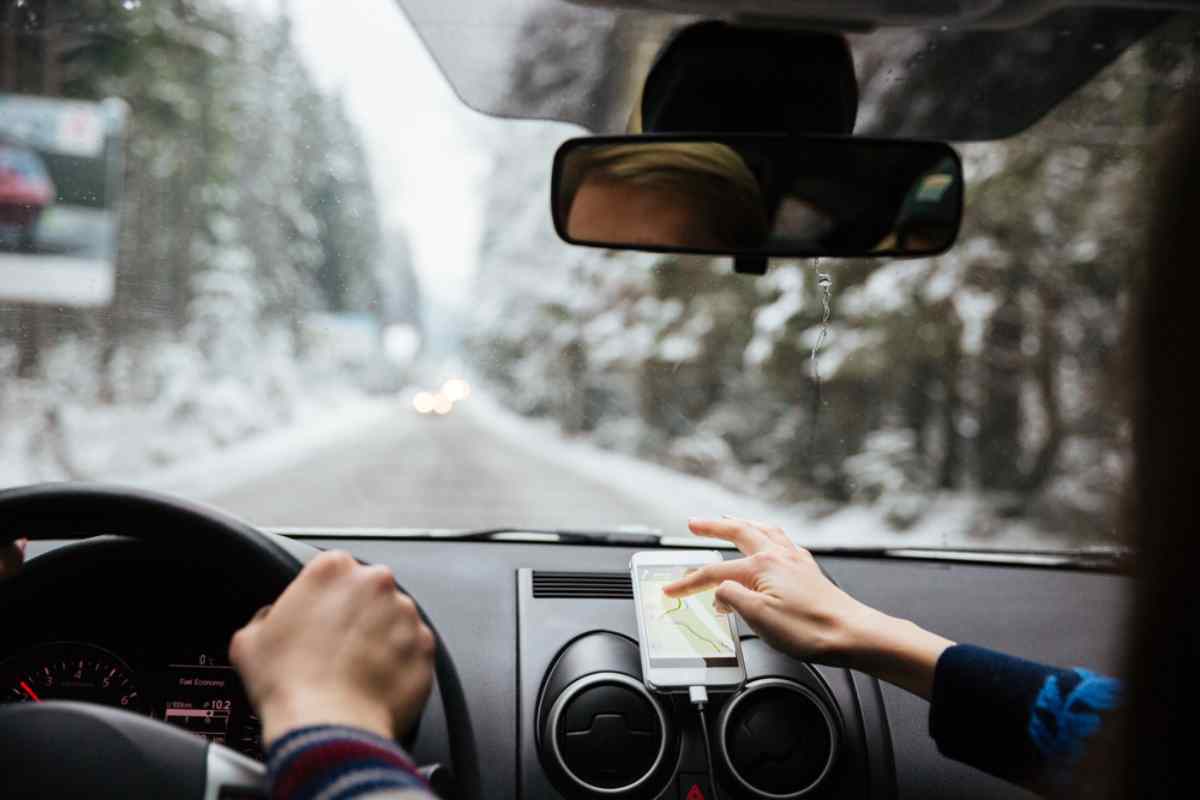
Now that you know, “Does Waze work in Iceland?” the next question is whether you should use it during your self-drive tour. The answer to this question will depend on your comfort level with the app and your plans for your vacation. Here’s when you should or shouldn’t choose Waze for your journey.
Waze is most useful if you plan to stick to the primary routes in the country, such as within rural areas, around the Golden Circle, or along the Ring Road. It can help you avoid traffic congestion in the city, navigate construction zones, and identify speed cameras and radar locations. You can also expect other real-time updates entered by users.
If you plan to drive in the highlands, the Westfjords, or other more remote areas of Iceland, Waze isn’t often the best choice due to a lack of user updates. It also isn’t the best choice if you are visiting areas where a cell signal is unavailable since you can’t download your maps. Finally, it’s often best to monitor road conditions on the Icelandic Road Administration site in the winter and during storms rather than relying on Waze entirely.
GPS navigation apps like Waze have made life easier for drivers on the road. Instead of struggling with large paper maps and stopping frequently to check routes, online apps provide more convenient access with the benefit of a voice that will read you the directions so you don’t have to stop or have a reliable passenger navigator.
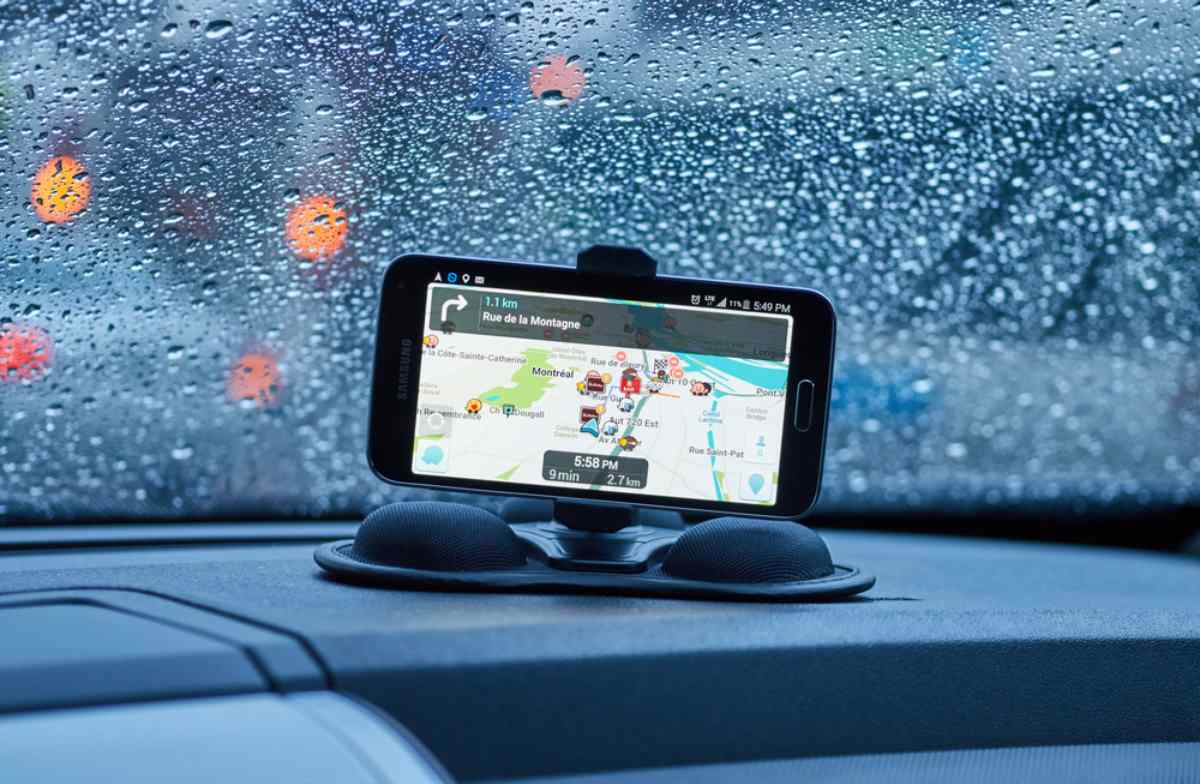
Perhaps one of the most important tips for safely navigating Iceland using a GPS app is to never rely on the app alone. Icelandic weather and road conditions play a crucial role in reaching your destination. Always check these conditions before you start your day and check again at every stop to ensure you don’t have to change your plans.
In Iceland, it’s illegal to use your phone while driving without a hands-free device. Therefore, while using your GPS app, you should turn on voice navigation so you can keep your eyes on the road and off the map. Be sure you have a car charger or power bank to keep your phone charged throughout your journey.
Always set your destination when you have a Wi-Fi or cell signal on your phone. However, keep in mind that Waze won’t work if you lose your connection. Downloading Google Maps for your route as a backup is best to ensure you don’t lose your way in the event you don’t have a signal.
Consider investing in a physical map in case the app isn’t giving you proper directions for your destination. Some roads in Iceland may appear on a map but aren’t available in navigation apps. Always make sure you are driving on marked roadways. Off-road driving is illegal in Iceland and carries hefty fines, making it even more essential to avoid blindly relying on apps.
Does Waze work in Iceland? All in all, yes, this GPS navigation app works, but whether it is the best app to use when you rent a car in Iceland depends on your plans. If you’re planning to stick to the main roads and routes, Waze is an excellent option, but if you are venturing into the highlands or remote locations, Google Maps is often a better choice.
For most travelers, a combination of Waze and Google Maps, along with weather, road conditions, and the SafeTravel app will ensure you have a safe journey and enjoy your self-drive itinerary to its fullest.